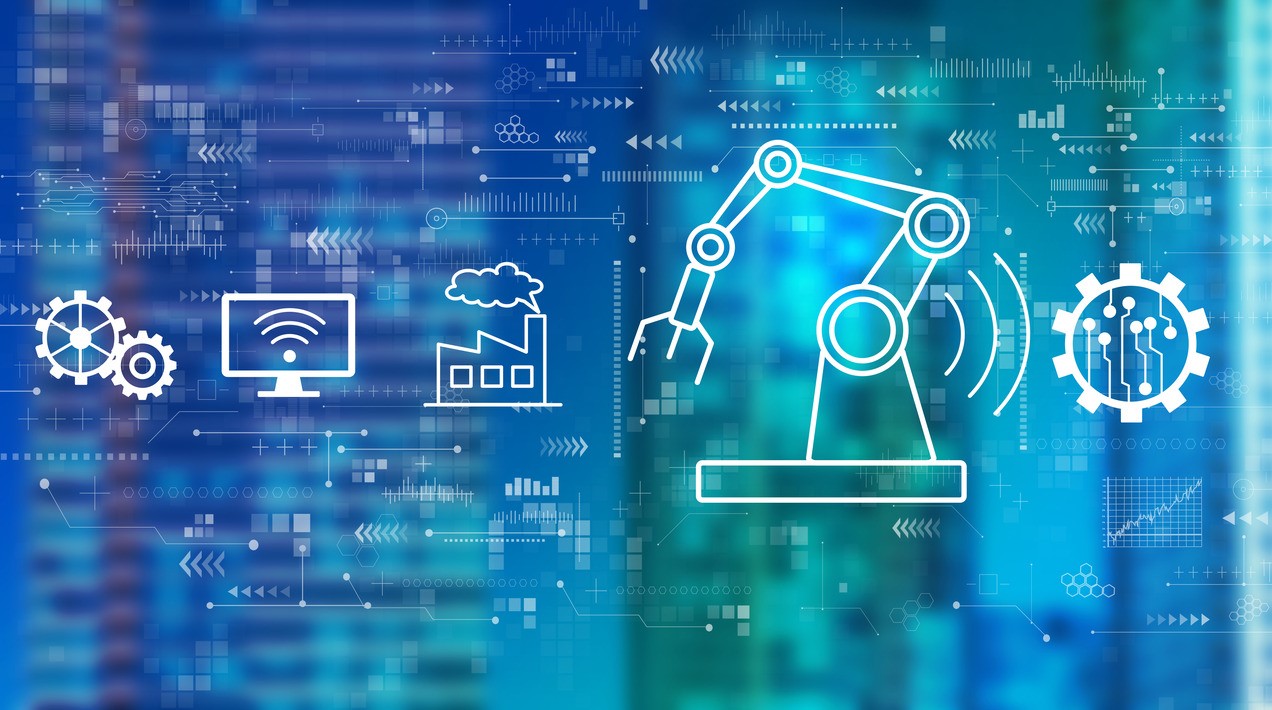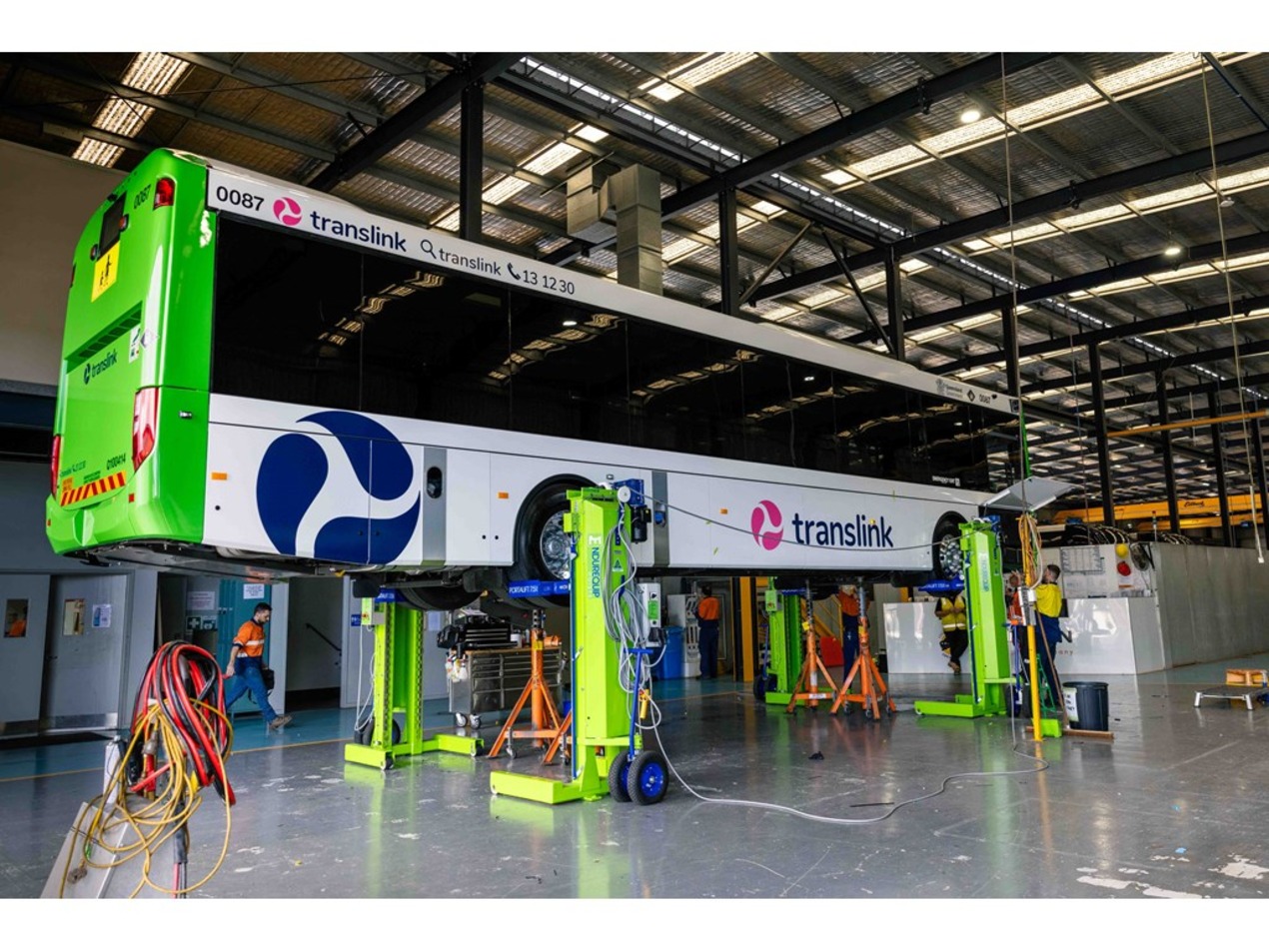
A student from the University of Technology Sydney (UTS) recently won a competition with his winning idea to address patients who suffered a stroke.
Every year more than 56,000 Australians suffer a stroke and many of which are not getting the rehabilitation they need to fully recover.
According to a recent press release, Tech Gym will use intelligent robotics to assist stroke patients through their rehabilitation journey
What is Tech Gym?
A portable robotic arm analyses a patient’s intention to move and assists them through a series of rehabilitation games and exercises.
The device contributes by improving the number of patients a hospital can serve in a day. It also automates the reporting process, thereby reducing time spent on paperwork.
Gamification and music therapy will be added to create a fun and immersive environment for patients, which will help their motivation.
Innovation Competition
The Competition, which was hosted by UTS Business School, is open to all UTS students in the innovation and commercialisation space.
This event gives them the chance to explore business ideas that consider people, planet and profit.
The final year mechanical and mechatronic engineering degree student is ecstatic to win AU$ 12,000, which will contribute to research and development costs.
He has taken part in programs with University start-ups, the CSIRO, as well as with a medical device hardware accelerator over the last 12 months.
As of the moment, there is a really good working prototype. The first place prize money will go to the development costs associated with that.
Other winners
The second and third place winners of this year’s competition also pitched ideas that are linked to healthcare. They won AU$ 8,000 and AU$ 5,000 respectively.
The competition was sponsored by a business research company, whose founder is a judge during the event.
The second place winner is a Bachelor of Advanced Science and Creative Intelligence and Innovation student.
The judges were impressed with her vision to provide affordable 3d printed silicon prosthetics for women who have undergone mastectomies.
The third placer’s business aims to provide support to patients facing a life-changing medical diagnosis.
They will address these patients who may need assistance in navigating the health system and fully understanding the implications of their medical condition.
Experienced entrepreneurs and business professionals mentored the entrants as they developed their business plans during the three-month span of the competition.
The other finalists of the competition were awarded AU$ 500 each. This includes an app that helps people build their public speaking skills.
Another recipient is a platform that offers discounted dental care. A peer lending platform for unused items and a feedback tool to reduce sporting injuries all made it to the finals.





















